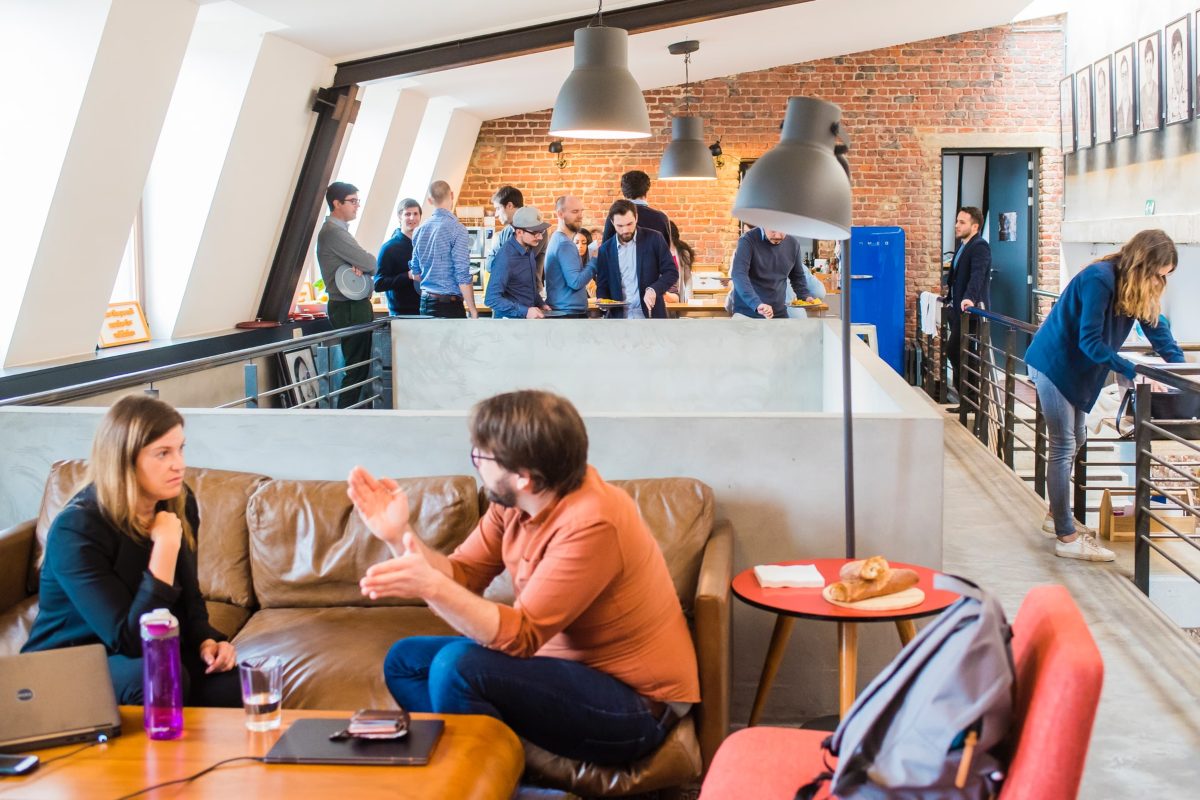The quick spread of the Coronavirus brought changes to the lives of everyone in the US. Non-essential businesses were forced to shut down, while the individuals were asked to limit social interactions. These, of course, were temporary measures. So, nowadays, businesses need to implement workplace safety strategies during the pandemic.
These are here to minimize the impact that the pandemic can have on businesses but also employees. So, it doesn’t come as a surprise that they’re the main concerns of every company leader. We wanted to help you with this and explain what you should do.
We’ll talk about measures considered as the most important ones and how to incorporate them. Therefore, grab your essential toolkit for every retail business owner, read the article, and get to work.
5 Workplace Safety Strategies During The Pandemic

1. Follow The Advice of Public Health Agencies
The first and most obvious thing is to check what public health agencies have to say. These experts have been working with businesses since day one of the pandemic to find ways for everything to stay open. So, federal and provincial agencies should be your primary sources of expertise and information.
Luckily for you, we already checked all of their websites and got everything you need to know. Here’s what you can do to limit the spread of the virus in the workplace.
2. Basic Hygiene Measures
Encouraging remote work is the most basic thing you can do to limit the risk of exposure. No one who sits at home can spread the virus. However, that’s not always possible. Some businesses can’t operate this way.
And if yours is one of these, you need to implement measures that encourage social distancing and basic hygiene. Here’s what those are:
- Require your sick workers to stay home.
- Require all your workers to wash their hands with soap and water for at least 20 seconds regularly. In this instance, regularly means whenever possible.
- Ask your workers to try not to touch their eyes, nose, or mouth with non-disinfected hands.
- Avoid personal contacts with sick people.
- Clean and disinfect all surfaces and objects on your workspace more frequently.
- Limit the number of situations where employees need to be closer than six feet to each other.
Social distancing measures are among the crucial workplace safety strategies during the pandemic.
Besides the basic measures that we listed above, there are some additional precautions you can take. Although these aren’t obligatory, they’re good for ensuring the health of your workers.
We’ve all seen the plexiglass screens in grocery stores and drugstores. And that’s precisely the sort of thing we’re talking about. Similar things can also be implemented in offices. If your employees spend most of their work hours in front of a computer, you can install plastic separators between them. That is if they’re not physically far apart.
Some companies even hired security guards that make sure people wash their hands before and after breaks. Their job is to enforce a minimum distance between people as well. You don’t have to go as far, but it’s useful to know what you can do.
On the other hand, company employees who aren’t tied to an office are dealing with this situation differently. Moving professionals from Go Movers Bay Area ask their workers to wear visors and masks to make sure any suspicious contacts are brought to a minimum.
3. Alter Your Common Areas
Next, one of the workplace safety strategies during the pandemic applies to the use of common areas. Here, we mean things like dining rooms, cafeterias, and break rooms. All of these have to be reconsidered.
The thing is that you shouldn’t have too many people in one space. So, it may be a good idea to re-examine lunch hours and breaks to make everything fit.
If you have spare rooms or if some of them are empty because people are working from home, optimize your office space and turn them into dining areas.
Additionally, you can scatter the breaks and lunches across the workday. This will probably slow down your operations, but you’ll be able to function normally. And that certainly is a good thing.
4. Clean Everything Thoroughly
According to government officials, most companies have to step up their cleaning. If your employees share some of the equipment, make sure to clean it at the start and the end of every shift. On the other hand, if they use the same machines throughout the shift, disinfect them at every rotation. Don’t forget about touch screens and buttons either.
Companies whose workers use uniforms should ensure that these are washed or changed every day. If you can afford it, let the specialized firm do the laundry for you. Although these do not apply to all businesses, the tips we have mentioned here are very useful if you’re planning to start a woodworking business, for instance.
It’s important to mention that not all of these practices should disappear when the current crisis passes. Big companies use schedules to ensure bathrooms are regularly cleaned. These kinds of solutions should be embraced by smaller businesses and stick with us in the future.
5. Think Again About Your Operations
By now, most businesses have reopened. Some of them even with significant changes. However, it still may be a good idea to rethink and review your operations, starting with the flow of materials and going all the way to employee schedules.
To stay on top of everything, you always need to be two or even three steps ahead. So, days of fixing problems as they occur are behind all of us. In a way, we all need to become clean freaks.
We can’t do anything to eliminate 100% of the risks, and that’s clear. At the end of the day, even doctors and nurses are getting infected. However, by implementing workplace safety strategies during the pandemic, we can limit the risks as much as possible.
Read Also:
- How Business Owners Can Prevent Workplace Discrimination
- 15 Essential Must-Have Workplace Policies
- 12 Clever Ways to Make Your Workplace More Efficient
Author Bio:

Phil Walker is a freelance writer and journalist living and working in New York. Throughout his career, he was writing for various online magazines and local newspapers. Recently, Phil has started working on his first novel, which follows the story of a man cycling around the world. In his free time, he loves to grab a good bite and paint everyday sights.
















